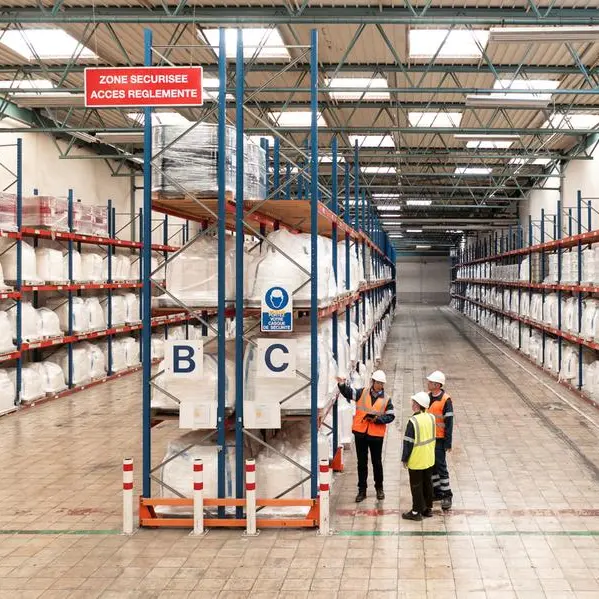PHOTO
Medicine in shelves in commissioning machine in pharmacy. Image used for illustrative purpose
Lack of access to medicines is one of the most complex – and vexing – problems that stand in the way of better health. Often, it is gaps in healthcare systems, economics, and infrastructures that hamper the delivery of medicines to millions of people. While affordability is the cornerstone of access, especially for households and health budgets, many other factors also determine whether people receive the medicines they need.
Even though the agenda for improving access is exceptionally broad and access to medicines has become a central focus for health authorities and the pharmaceutical industry, the task is not an easy one. The World Health Organization (WHO) has been striving to improve access to medicines throughout its 70-year history, and rightly so. Good health is impossible without access to medicine and treatment. Universal health coverage depends on the availability of quality-assured affordable health technologies in sufficient quantities with the help of efficient healthcare systems.
Today, healthcare systems are overwhelmed and centered around hospitals and processes. The dramatic increase of chronic diseases in a growing and aging world population has exacerbated issues. While modernising health facilities is required, more action is necessary to manage patients who need prolonged or chronic treatment. Most patients’ treatment journey takes place outside the hospital. Therefore, there is an urgent need to close the gap between existing healthcare systems and the changing patient needs.
Addressing the gaps in the healthcare system and patient treatment journey outside the hospital or clinical settings is also important to improve adherence to treatment and diagnosis services. It will help provide equitable healthcare access to patients, especially those requiring chronic and lifelong medications.
We must develop a system to help patients overcome barriers outside the healthcare facility, offering patients innovative and more personalized adherence and disease management support through sustainable access solutions. This can be done by retracing the patients’ journey to access data on their health-seeking behavior and improving the learning curve, which results in better adaptability to patients’ needs.
Numerous studies have already shown us that higher accessibility, positively impacts patients’ health-seeking behavior. Although diagnosis may be done at the hospital, the time from detecting symptoms to receiving a proper diagnosis and commencing treatment may take weeks and months. This is where a patient is most likely lost in the system, unsure or unable to cope with the disease and the treatment. Therefore, patients should be sought outside the hospital environment and throughout their treatment journey.
Patients with chronic and lifelong diseases who leave hospitals after treatment often stop adhering to medication for varied reasons such as affordability and accessibility and social and psychological issues which impact their health. Another reason care should not stop at the hospital is that adherence to treatment is particularly important when the treatment is taken outside the hospital. Patients should be connected through adherence solutions that are financially sustainable and practical to achieve equitable healthcare access.
Covid-19 showed us that our healthcare systems were unable to reach and protect the most vulnerable, chronically ill patients, as during the pandemic, many patients lost access to healthcare, the same patients who need to be connected outside the hospital setting to ensure they adhere to their treatment. Nationwide lockdowns and overwhelmed hospitals reduced patients’ access to hospitals and medications, thereby significantly impacting the morbidity and mortality of patients with chronic diseases.
Today despite digital advancements, healthcare systems remain archaic. While the use of modern technology is utilised solely within the hospital space, digital advancements are lacking throughout the patient journey outside the hospital and in reaching them when needed..
The world is connected, but healthcare systems are not. Digitalising health by connecting patients to healthcare systems that go beyond healthcare facilities will help address financial barriers and the shortage of health professionals and specialists. Access programs, proper tracking of patients, real-world insights, and feedback systems will lead to a cohesive digital health ecosystem.
As the digital revolution sweeps our life, why should healthcare lag? It is time we revolutionise accessibility through digital health to reach patients within and outside healthcare facilities and strengthen our ability to confront future global health threats as one undivided world.
- The writer is the CEO and co-founder of Axios International.
Copyright © 2022 Khaleej Times. All Rights Reserved. Provided by SyndiGate Media Inc. (Syndigate.info).





















